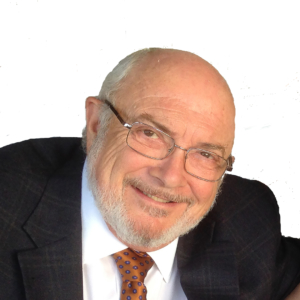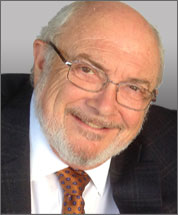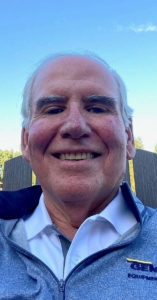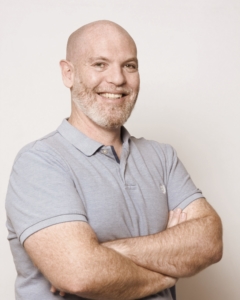Goal Setting
Tonight, our returning guest blogger Sonya Law talks to readers about goal setting.
We will explore here how fostering a dynamic workplace incorporates the macro environment in setting goals where People are at the center of creating your competitive advantage…
As an employee, our manager will set goals for us which flow down from the strategic goals of the organization, and these goals are communicated clearly so that we understand how our performance is measured. Traditionally this usually takes place as part of a mid-year and end-of-year performance review cycle. The review is also an opportunity for two-way feedback, for the employee to receive performance feedback that will guide their growth and performance and for the manager to receive feedback on where the employee needs support to remove roadblocks that are limiting their potential, efficiency, and effectiveness in achieving the goals of the organisation.
Human Resources play a dual role, firstly to support employees in setting their GPS and aligning them with the strategic goals of the organisation. Secondly, to support managers and employees when performance diverges away from the expected behaviors that lead to the achievement of these goals.
Quite often, overlayed are external factors for example the current Global Pandemic, which forces organisation to reorientate towards goals that respond to a changing macro environment. The Pandemic continues to require us to have a workforce that is adaptable, agile, resilient, and able to respond to new problems and anticipate future ones. And work creatively to come up with solutions to customer, supply, service, and delivery issues.
Three scenarios that put the achievement of employees’ goals at risk are:
- New Manager
- New Team
- Changes in process and technology.
These scenarios can be navigated safely, with minimal impact to employees when a dynamic work environment is fostered that supports employees to solve problems as they arise. This grassroots level problem solving, therefore enabling managers to invest more time on the strategic side of the business.
This is a common problem in organisations where management gets stuck in the weeds fixing problems in their day-to-day and not enough time creating value for shareholders. Human Resources’ role is to work together with the senior leadership team to create flow and foster a dynamic workplace where time is equated across the operational, tactical, and strategic needs of the business.
A dynamic workplace is a space that can easily be reconfigured to meet the company’s needs, accomplished by using resources, collaborative spaces and technology. It is meant to follow an employee’s needs, as reflected in the state of the world.
Organisations that become too linear and micro instead of a macro view, lose sight of the big picture, this narrow focus leads to inefficiencies in utilisation of your human resources and non-productive time that does not generate income to the business and cannot be recovered. Further cracks start to appear in a reluctance to explore new markets or business opportunities, they leak resources, people, profit, and stifle innovation. You will see a decline in quality and an increase in rework, warranty issues, product failures, and a damaged reputation, which is value eroding rather than value maximising.
Organisations gain a competitive advantage as compared with their rivals by empowering and enabling their people, they innovate, fail fast, and recover quickly, creating value for the business.
When employees are empowered to make the changes necessary in order to respond to customer’s needs, they can fix customer problems right then and there boosting trust and confidence in the product, aftercare, leading to repeat business. When managers see their role as removing obstacles and roadblocks and empowering their team and involving them in setting their goals, this ultimately will lead to improved employee and customer satisfaction.
Managers can support the business operation by:
- TIME – blocking out some uninterrupted time regularly to ask employees what are their roadblocks and where do they need support
- REINFORCING – what we do and why we do it, connecting them with the vision of the company
- POSITIVE FEEDBACK – provide employees with positive feedback about their unique and valuable contribution
- ALIGNMENT – help employees where there is misalignment with the goals and support them to self-correct
- STRENGTHS – play to the employee’s strengths
- STRATEGIC GOALS – link employee goals with the strategic goals of the organisation
- VALUE CREATION – when you involve employees in goal setting, they will be more driven and committed to achieving them
A few human resources tools that foster a dynamic workplace are:
- Career Anchors – supports employees’ re-engagement with their work
- VIA strengths – identifies employee’s strengths and how to leverage them
- What makes me tick – helps employees to resolve conflict by understanding different communication styles within their team.
The benefits to the organisation and culture in fostering a dynamic workplace are:
- Higher levels of innovation
- Increased engagement
- Greater productivity
- Increased customer satisfaction
- Improved quality
- Lower staff turnover
- Stronger financial returns
- Agility and adaptability in responding to a changing macro environment.
Ultimately, a dynamic workplace constantly is striving to create a competitive advantage through its People that is unrivalled when it comes to your competitors, that is so unique that it cannot be replicated. Many products can be replicated but not people, they really are your greatest asset and competitive advantage if you take care of them. Demonstrate to them with your words, actions, and behaviors that reinforce their valuable and unique contribution to the organisation.









